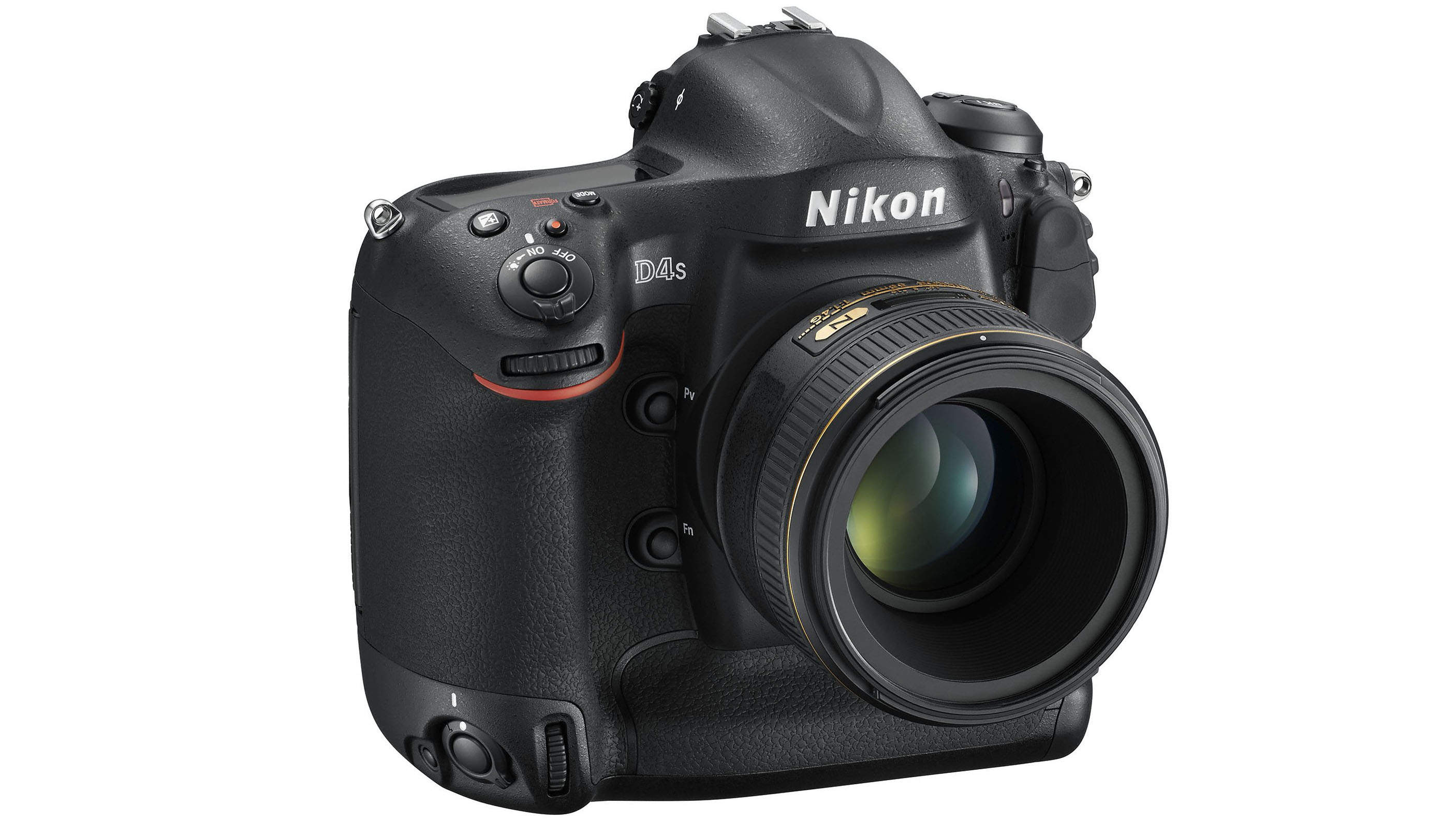Why you can trust TechRadar
While the change to the shape of the memory card bay door suggests that Nikon hasn't used the same mould for the D4S as it did for the D4, most of the other changes to the design are so subtle as to be almost invisible. The slight changes to the shape of the shallow grooves where the thumbs rest in horizontal and portrait format, for example, are very hard to spot.
That's no bad thing, however, as the camera remains very comfortable in the hand whether you're using the horizontal or vertical grip.

One fairly obvious change is made to the two mini-joystick style Selector controls on the back of the camera. These have a new firmer finish and it makes them easier to find and use when wearing gloves or in the wet. They are easier to identify when the camera is held to the eye than the rubber-topped controls on the D4 and they feel a bit more positive in use.
Just like on the D4, there are two command dials, an AF-on button and a shutter release available at the top of both the horizontal and the vertical grip. Logically, the movie-record button found next to the shutter release above the horizontal grip isn't replicated above the vertical grip, but there is a customisable function (Fn) button.

Although the layout of these controls is very similar on both grips, the shutter release above the vertical grip is a little recessed into the body. While the button is still easy to reach, it makes the front command dial less prominent than the horizontal one and it's harder to find with your finger. It's not a major issue, and it's something that D4 users will be used to already.
Most of the other controls fall within convenient reach and are as responsive as you'd expect with a pro-end SLR. The menu is also logically arranged, but there are a few quirks in the D4S's control system.
For example, it seems strange that the automatic sensitivity option can only be activated via the main menu and not by pressing the ISO button and rotating the main command dial. This feature is useful given the D4S's 'go-anywhere' credentials and huge sensitivity range.

As we've said before with other Nikon SLRs, some of the features available for adjustment via the D4S's information screen, accessed by pressing the Info button twice, seem a little odd. We think that the options to change the functions of the preview and Fn buttons, for example, would be better located in the main menu. This would free-up space in the information screen for other features that may need to accessed on a shot-by-shot basis, such as Exposure Delay.
Being an SLR, the D4S has an optical viewfinder, and it's a great one, showing 100% of the scene and being large and bright. As usual, when a DX lens is mounted on the camera, the area outside the automatic cropping is dimmed, so it's easy to compose images.
When the option is activated via the menu, pressing the front function button brings up the virtual horizon in the viewfinder to help with getting the horizon level. As with Canon SLRs, this uses the AF point display to indicate the camera's pitch, but unlike Canon's cameras it stays active while the shutter release is pressed. This makes it much more useful, though you have to remember which is the active AF point while the virtual horizon is in use.

While the 3.2-inch 921,000-dot LCD provides a nice clear view and displays colours accurately, as usual it suffers a little from reflections in very bright conditions. Nevertheless, we found no reason to adjust the screen's colour settings from their default position.
It's clear that Nikon has done little if anything to improve the camera's autofocusing in live view mode. This is slow and indecisive, although it's unlikely to be a major issue for the camera's target audience.
